Tracking of Chinese Naval Movements In Indian Ocean Region
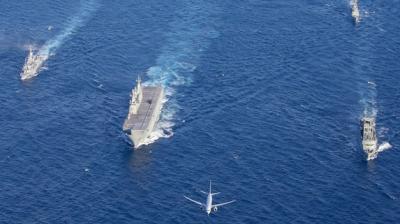
Colonel Awadhesh Kumar, Special Forces
As soon as any Chinese Naval Ship slips in from the Malacca Straits into the IOR for deployments in the Gulf of Aden or for visits to other ports, the Indian Navy starts tracking their movements.
At any given time, the Chinese Navy has around six to seven warships in the Indian Ocean Region for carrying out anti-piracy drills in the Gulf of Aden.
These numbers are much more than what are actually required for anti piracy duties. More so ever, many a times it has been the Indian Navy which has come to the rescue of Chinese merchant Ships when they have been in distress.
Hence the main aim of the Chinese Navy seems to be power projection in the Indian Ocean in order to spread their influence in the area as a major portion of their trade passes through it.
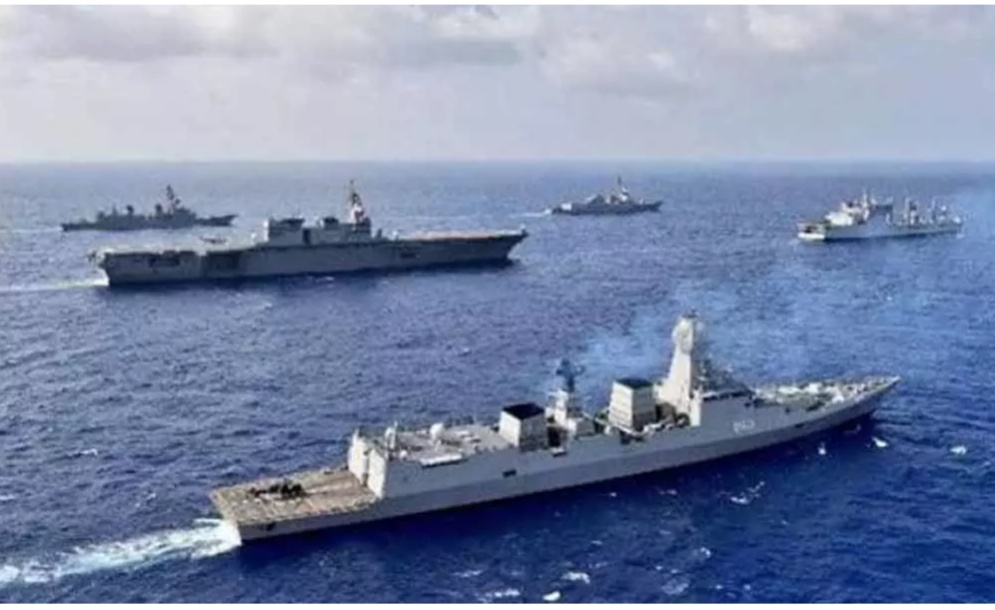
Since 2008, the Chinese Navy is having a near permanent presence in the Indian Ocean. The Djibouti facility was added by the Chinese two years ago with the stated aim of protecting their trade flowing through the region from piracy for which they sometimes bring their rickety nuclear submarines also.
Though none of their Naval Ships came within 1000km of Maldives when their friend, the then rouge President was causing trouble.
All the Chinese Ships are tracked closely by the Indian Navy using its P-8I anti-submarine warfare planes and other surveillance assets.
The Chinese Landing Platform Dock Xian-32 passed through the Southern Indian Ocean Region before it entered the Sri Lankan waters earlier this month.
The P-8I anti-submarine warfare and long-range surveillance aircraft have clear pictures of the ship and other ships of Chinese Task Force 32 and TF 33 and are keeping it under constant surveillance.
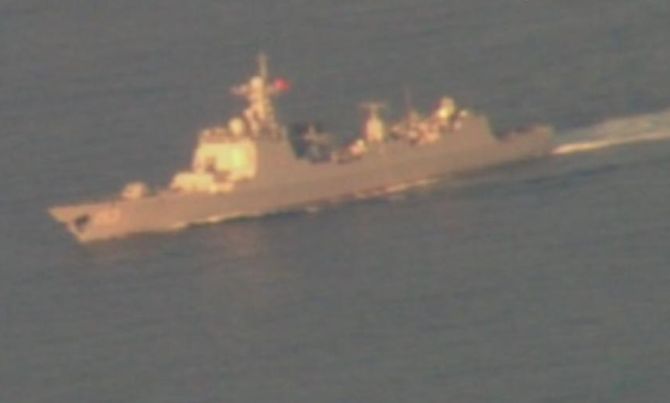
The Chinese Navy is presently struggling with the trials of its first indigenous Aircraft Carrier. Though it is already going ahead with building its third aircraft carrier.
In case it is fit for deployment in the high seas, then in near future, the Carrier would also be venturing out into the Indian Ocean with likely a CBG.
The Chinese Navy has also built a base in Djibouti to help its operations there, but then so has the Indian Navy.
The Indian Navy is currently operating one carrier INS VIKRAMADITYA and the second one INS VIKRANT,the Indigenous Aircraft Carrier should be getting commissioned by end of 2020.
However the Navy must be given the third aircraft carrier which would be above 65,000 tonnes and will have nuclear propulsion. With three carriers, two can be operational at any point of time even if one of them has to go for repairs and refit.
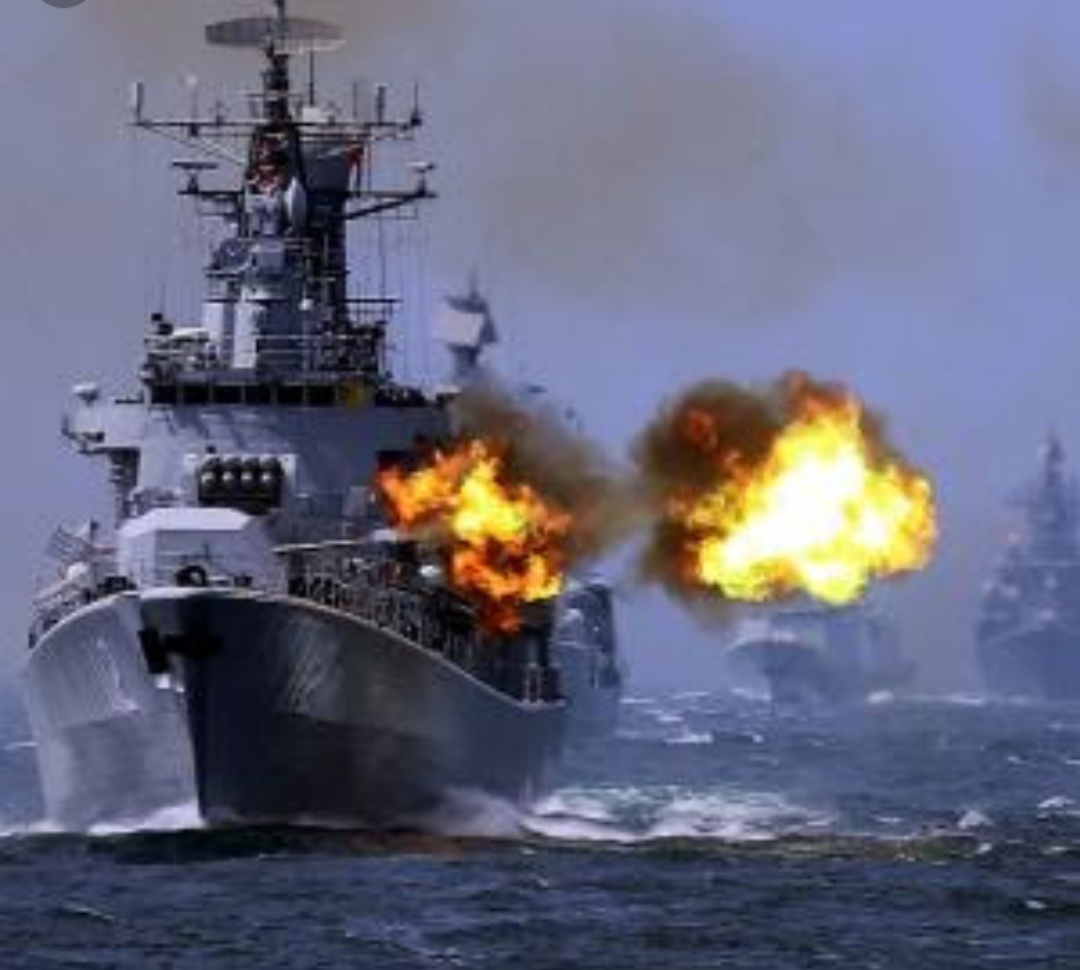
Since last year, the Navy has been carrying out the role of being the net security provider in the Indian Ocean Region. For becoming really effective, India needs strengthen its MR capability further.
We are now operating 12 x P8I and have ordered another 10 which should be available by 2022-23. Another 14 must be ordered later, so that by 2026 the entire IOR is well covered.
Our Short Range MR is well established with 5x Squadrons of Dorniers. What needs to be filled up adequately is the gap in medium range MR capabilities, for which the Navy is already looking at various options.
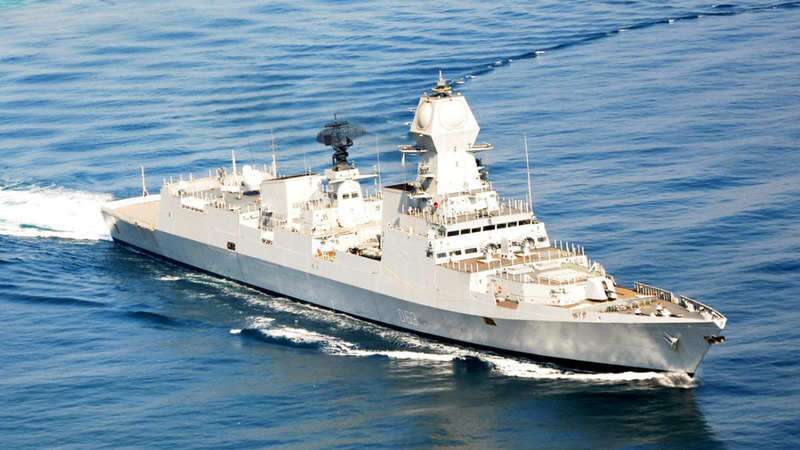
Indian Navy ships are Mission Deployed for Operations like ‘GULFDEP’ in the Persian Gulf, Operation ‘CENTDEP’ in the central Indian Ocean Region, Operation ‘NORDEP’ in the northern Bay of Bengal and Operation ‘MALDEP’ in the Andaman Sea and approaches to the Malacca Strait.
To provide full support including strike support the IN by 2040 should be operating 6x CBGs. Meanwhile the unsinkable carriers INS Andaman & Nicobar, INS Lakshadweep and INS Deccan needs to provided with required fire power and support infrastructures.
With bases/ reciprocal facilities in Ascension, Mauritius, Seychelles, Djibouti, Indonesia, Vietnam, Fiji, Australia and now even Vladivostok, the Necklace of Pearls in IOR and Indi Pacific will soon have a different connotation.




